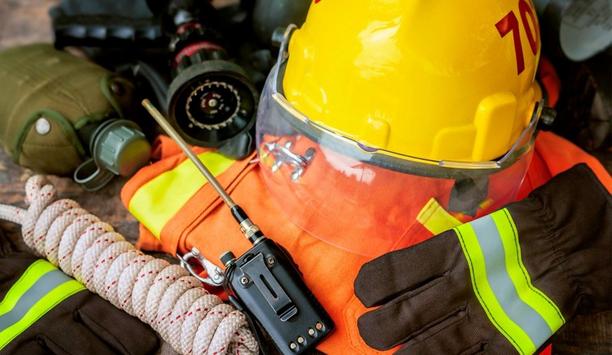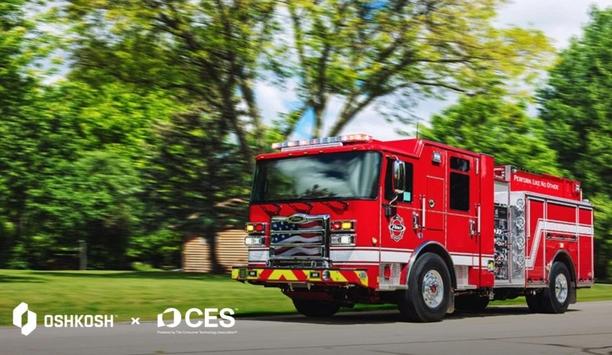Decontamination used to be a word used after a hazmat incident when everyone was moving slowly around in brightly-colored encapsulated suits.
Suits that, if broken down into their chemical parts, would likely be as dangerous as the chemicals they were protecting the wearer from.
house insulation
Then came the inexpensive furniture made of chipboard glued together with one chemical compound and laminated in a second.
Then houses were insulated in chemical compounds and drywalled in others. When the chemical furniture in those chemical houses burns, the smoke is heavy, black, and overwhelming, and sticks to firefighting gear like fog sticks to the San Francisco Bay.
Cancer in firefighters
68% of firefighters develop cancer, and they get it from the thick, acrid smoke that seeps into their turnout gear
It took a few years for cancer to start. Firefighters were always getting cancer. But this was bigger. First, it was one or two people in a local area. Then one or two in a city. Then one or two in a town or even in a department.
Currently, it’s 68%. 68% of firefighters develop cancer. And they get it from the thick, acrid smoke that seeps into their turnout gear.
They get it from the off-gassing they breathe in when doing overhaul without a mask on. They get it from the engine exhaust that settles on their turnout gear stored in the apparatus bay.
Decontamination
Decontamination applies to firefighters trying to remove carcinogens from themselves after a fire. Scrubbing down gear on the scene using wet wipes to clean exposed skin washing their gear after every fire storing it away from the apparatus showering after every call, and putting on clean clothes. Separating the station into hot and cold zones.
Decon only works if you get buy-in from everyone in the department. Looking like a salty, weathered firefighter in dirty gear with a blackened helmet is no longer the cool thing to do.















